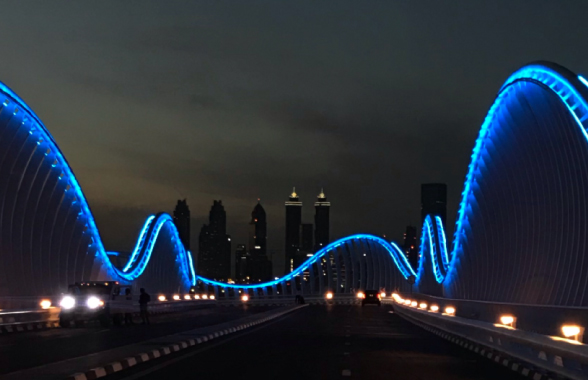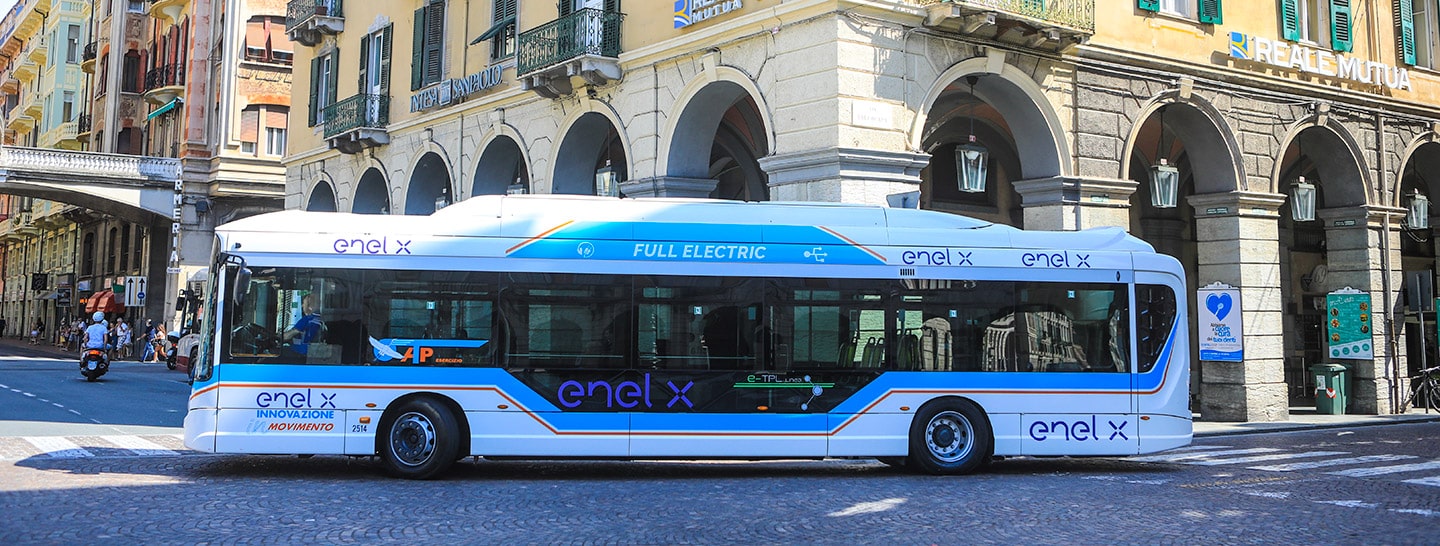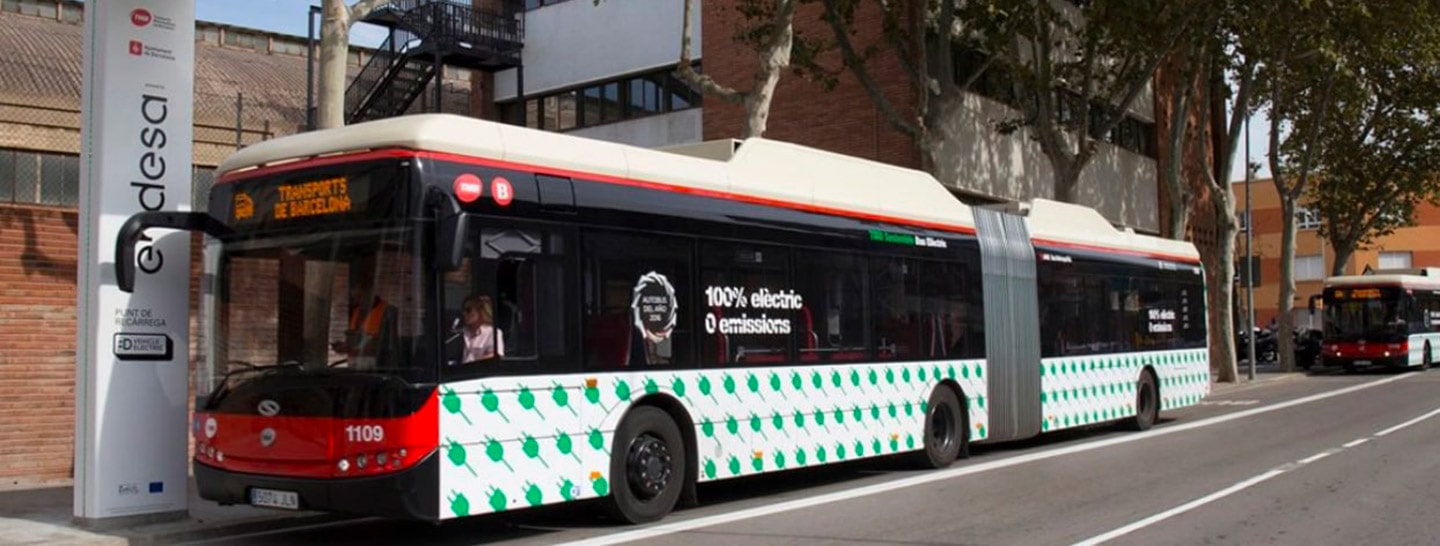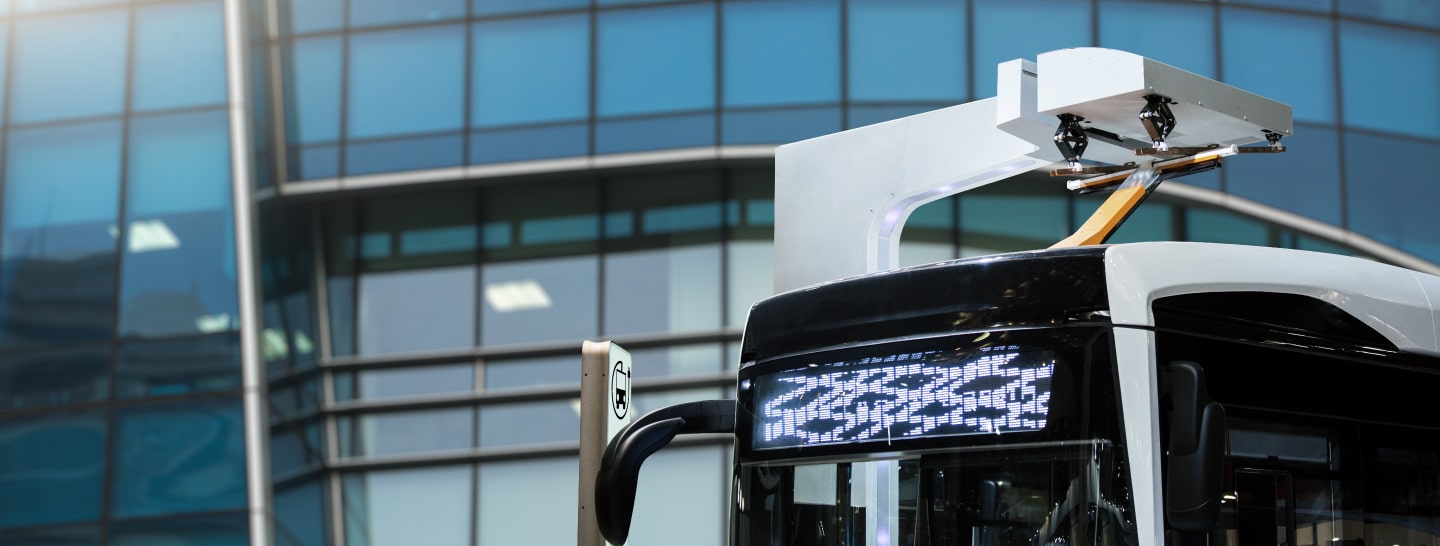
What are the greatest challenges facing public transportation?
Amos Haggiag: There are two pressing challenges that the industry faces today. I would say the first is the declining use of public transport, which is largely due to Covid and the fact that people are working from home. They don't need to go to work every day and, when they do, they prefer to use private cars. This means more congestion, even though there are fewer people on the road, which is a paradox. The second challenge is the global driver shortage. This is fueled by a combination of Covid, the tough work conditions that have prompted drivers to leave public transportation for delivery or trucking jobs. Many drivers are also taking early retirement.
An even greater challenge is electric bus operations. Rolling out electric buses is far more complicated than simply replacing a diesel bus with an electric one. You need to charge the vehicle effectively and ensure that your chargers are located in the best places along the route. Costs for charging can vary greatly during the course of the day. Then there’s the issue of when to recharge. If I have 60% battery and I’m near the charger, and the electricity cost is low, do I charge now, or do I keep going? These are very complex decisions and you need data-driven decision-making tools and algorithms in order to decide where to locate the chargers and when to charge which vehicle.
That is where Optibus comes in: our algorithms help customers make complicated decisions, like what percentage to charge and how to combine diesel and electric buses on the same route. All of this requires current and complete data.
Optibus is proud to partner with @EnelXGlobal! This is an important step in the right direction toward creating fully electric, #zeroemissions mass transit. 🔋🔌🚌
— Optibus (@OptibusHQ) December 13, 2021
Read more here: https://t.co/DD1D7agre2 pic.twitter.com/DtZ8uvdmnN

I think bus electrification is going to go full steam ahead in the next 10 or 15 years, transitioning most of the world to 100 percent zero- emissions fleets. These are super exciting opportunities for all stakeholders, because everything will be cleaner and greener, and the ride itself will be smoother.
CEO and co-founder, Optibus
What would you say to the mayor of a city who’s thinking about acquiring some electric buses?
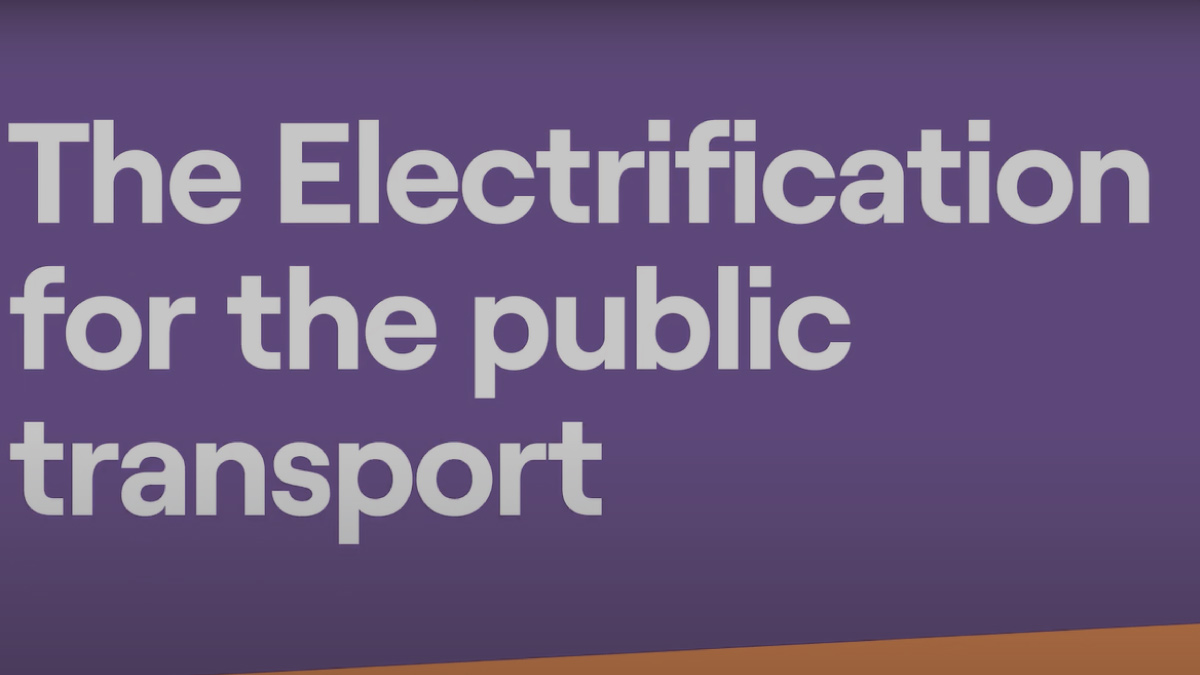
How do you view the Optibus/Enel X collaboration on electric bus operations and solutions?
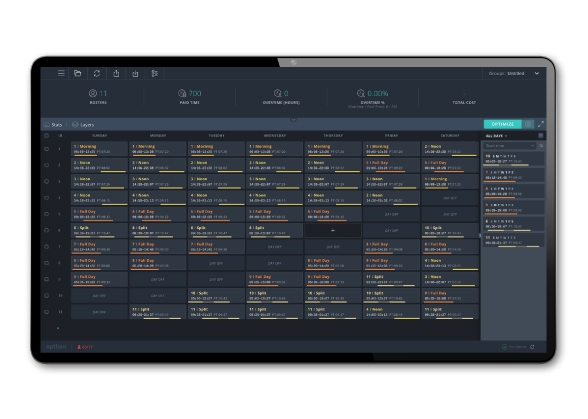


What is the importance of investment in electrification? How do you view its significance in regard to today’s public transport solutions?

How can the transition to electrification of public transportation be accelerated?
